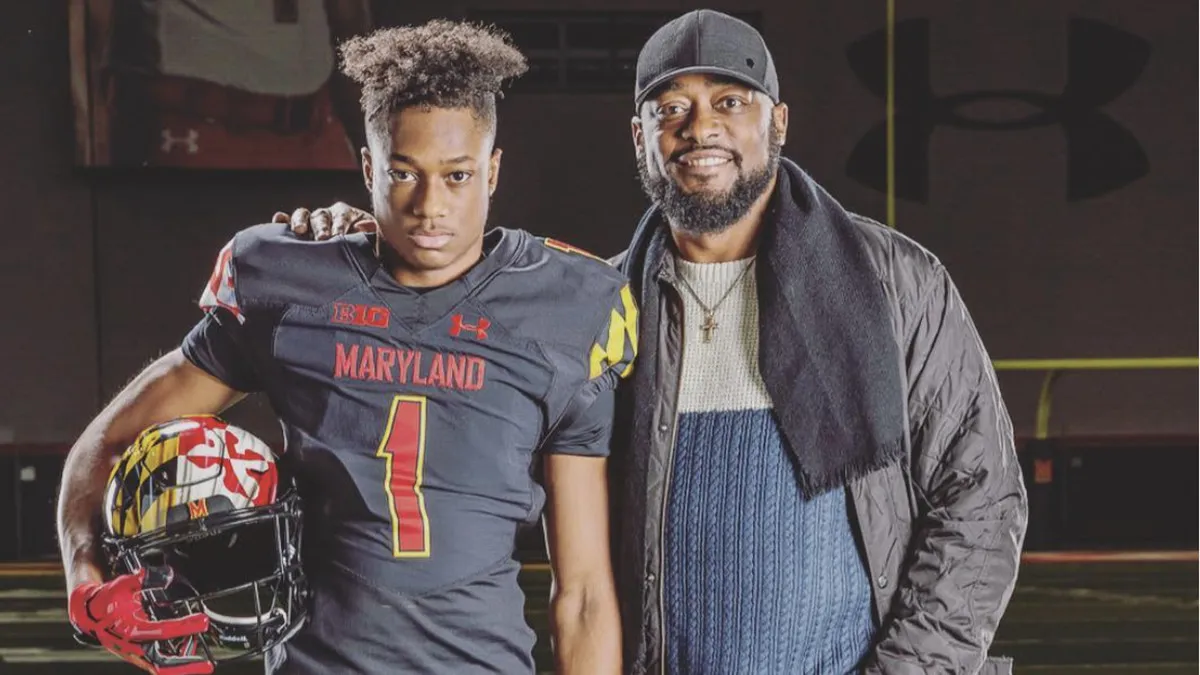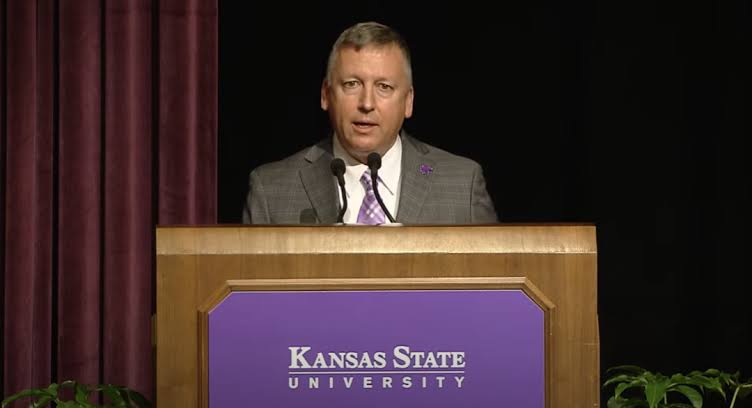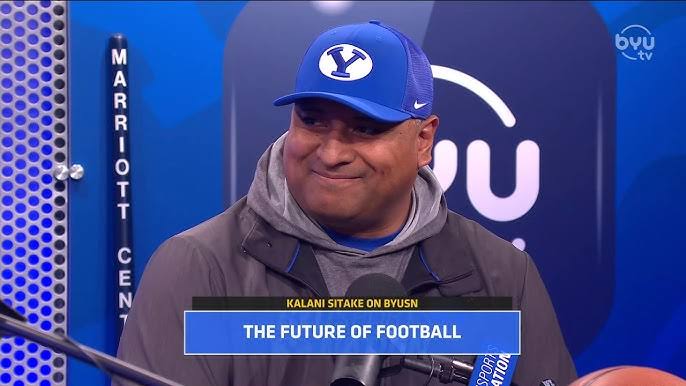Pittsburgh Steelers coach Mike Tomlin accused of making a transfer blun…
**Pittsburgh Steelers Coach Mike Tomlin Accused of Making a Transfer Blunder: A Critical Analysis**
In the high-stakes world of professional sports, decisions made by coaches often face intense scrutiny, especially when they involve player transfers. Recently, Pittsburgh Steelers head coach Mike Tomlin found himself at the center of controversy following a transfer decision that has sparked debate and criticism among fans, analysts, and sports pundits alike.
Tomlin, known for his decisive leadership and strategic acumen, has built a formidable reputation during his tenure with the Steelers. However, the recent transfer decision regarding star wide receiver Antonio Brown has raised eyebrows and drawn sharp criticism from various quarters. Let’s delve into the details of this transfer blunder and its potential implications.
**The Transfer Decision**
At the heart of the controversy lies the decision to trade Antonio Brown, a perennial Pro-Bowl talent and one of the league’s most dynamic receivers, away from the Steelers. Brown’s tenure in Pittsburgh was marked by stellar on-field performance but also marred by off-field controversies and strained relationships within the organization. His departure from the team was seen as a significant move in reshaping the Steelers’ roster and culture.
However, the manner in which the transfer was handled has been heavily scrutinized. Critics argue that Tomlin and the Steelers’ front office failed to maximize the return on investment for Brown, especially considering his immense talent and potential market value. The trade ultimately saw Brown move to another team, where he continued to excel, leaving many Steelers fans questioning the wisdom behind the decision.
**Criticism and Fallout**
Following the transfer, criticism of Tomlin’s handling of the situation intensified. Some analysts pointed to potential mismanagement of player relations and locker room dynamics, suggesting that a more strategic approach could have yielded better outcomes for the team. Moreover, the timing and negotiation tactics surrounding the trade were called into question, with suggestions that the Steelers may have settled for less than optimal compensation in exchange for Brown.
The fallout from the transfer blunder extended beyond mere player personnel issues. It raised broader questions about the Steelers’ long-term strategy, their ability to navigate complex player dynamics, and Tomlin’s role in shaping the team’s future. For a franchise with a storied history and a passionate fan base, such decisions carry significant weight and can influence the team’s trajectory for years to come.
**Tomlin’s Response and Future Outlook**
In response to the criticism, Mike Tomlin maintained a measured stance, acknowledging the challenges inherent in managing player transitions while reaffirming his commitment to the team’s success. He emphasized the need for continual evaluation and adjustment in roster management, suggesting that lessons learned from the Brown transfer would inform future decisions.
Looking ahead, Tomlin faces the daunting task of steering the Steelers through a period of transition and rebuilding. The pressure to deliver results remains high, with expectations from fans and stakeholders demanding nothing short of excellence. How Tomlin navigates these challenges will undoubtedly shape his legacy as one of the NFL’s premier coaches.
**Conclusion**
The transfer blunder involving Antonio Brown represents a pivotal moment in Mike Tomlin’s coaching career with the Pittsburgh Steelers. While criticisms abound regarding the handling of the situation, it also serves as a learning opportunity for the organization moving forward. As the NFL landscape continues to evolve, so too must the strategies and decisions of its leaders. Ultimately, Tomlin’s ability to adapt, learn from mistakes, and lead the Steelers back to championship contention will determine his place in the annals of football history.



